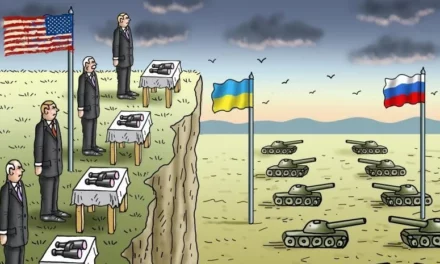The occasional absence of a food product from store shelves does not yet signal to customers that there is a dire shortage of goods or a food crisis is approaching, so there is still no reason for panic-like hoarding in households - warn the Hungarian supermarket chains.
In general, it can be said that, despite the occasional disruptions, there is no systemic shortage of goods in Hungarian stores, and in the future it is not expected that the stocks of certain product groups or basic foodstuffs will run out to the extent that would cause panic buying - stated György Vámos, head of the consumer goods department for Magyar Nemzet, to Magyar Nemzet . general secretary of the National Trade Association, which brings together stores serving the majority of its demand.
The specialist said this in connection with the fact that the left-wing press is increasingly clamoring that empty shelves in stores and a lack of selection of certain types of products indicate the "coming food crisis", which some customers on social media also voice based on their individual experiences.
According to the left, this crisis in food distribution is a consequence of the government's decisions, and not the temporary, exaggerated effect of the Russian-Ukrainian war situation or the inflationary and other foreign market phenomena appearing in the global economic processes in some areas of the basic supply chain.
- From the temporary disappearance of a specific brand of a product or a given manufacturer, one should not generalize that there is a shortage of goods - warned the general secretary, underlining that the Hungarian food trade is extremely safe even by European standards, which has already been proven in the years of the epidemic period, which were fraught with unexpected difficulties.
- Disruptions caused by waves of epidemics have always been resolved together with suppliers, agricultural producers and the food industry in close, daily coordination with the government - reminded György Vámos.
The full article of Magyar Nemzet can be read here.
Author: Katalin Thurzó
Photo: Zoltán Havran












